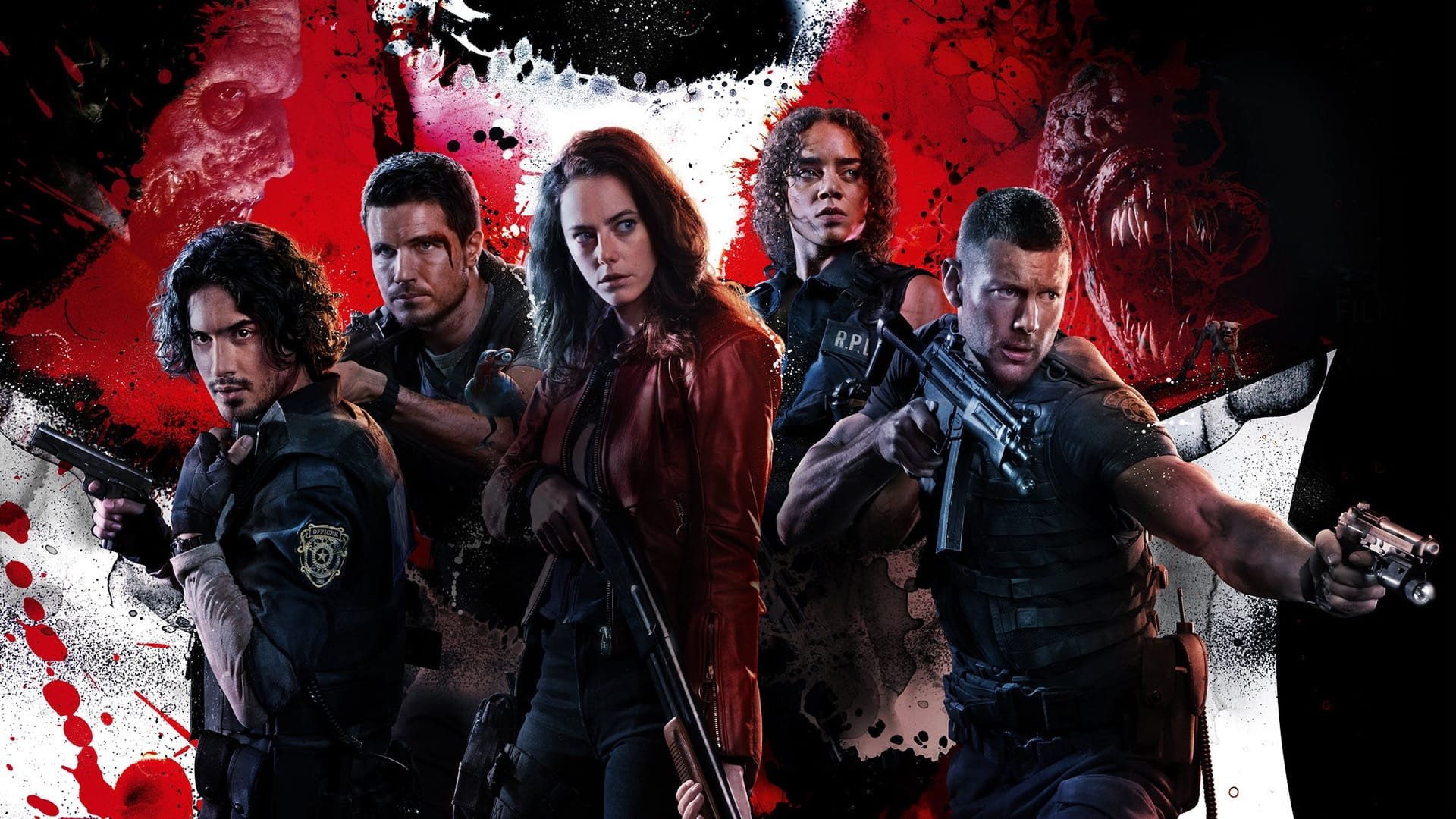Resident Evil: Welcome to Raccoon City
SONYVideo game adaptations have been in a rut since the very first one, Super Mario Bros, back in 1993. While Netflix has released some recent series, such as Castlevania and Arcane: League of Legends, that tried their hardest to disrupt the stigma surrounding them, movies have had far less success. Paul W.S. Anderson’s Resident Evil may have been successful enough to spawn six sequels, but fans were immediately annoyed by the seeming lack of respect for the games being adapted. Enter Resident Evil: Welcome to Raccoon City, an attempt to make a film for the fans by recreating the plot of the first two games. It’s a sound idea in concept, but in execution, it’s even worse than those original films. With all the effort going towards pleasing the fans with an overload of recognisable characters and fan service, they forgot to make something with likable characters, good visual effects, coherent pacing, or any fun whatsoever.
Resident Evil: Welcome to Raccoon City is centered on Claire Redfield (Kaya Scodelario), who returns to the nearly abandoned Raccoon City to check on her brother Chris (Robbie Amell). Once there, a great evil is unleashed, and the siblings along with the remaining residents of the ghost town must band together to survive the night and escape.
There’s no sugarcoating this: the script, written by director Johannes Roberts, is atrocious the whole way through. The dialogue is terrible, alternating between character interactions that unsuccessfully attempt to make these one-dimensional characters likable and some of the worst exposition writing in years. Characters feel the need to address each other using their full names, just to hammer home the fan service, and it sounds ridiculous every time. The script problems extend far beyond the dialogue. The actual structuring of the narrative is borderline incoherent. In the attempt to condense two full games into one film, it winds up having two narratives running at the same time, neither of which having the screen time necessary to get fleshed out. The half taking place at the mansion has very little connection with the half taking place at the police station, until the characters come together at the very end. At times, it can feel like a film missing a main character due to everyone being short-changed by the pacing.
The cast is a mixed bag, with some capturing their game counterparts well whilst others feel awkward and out of place. Scodelario’s performance as Claire Redfield is one of the only notable aspects. Though the material given to her is weak, she manages to at least partially capture the strength of the character. Her physicality during the action sequences is admirable and it feels like she fits the tone of the film better than anyone else. Amell’s Chris Redfield fares a lot worse. His delivery is repetitive and wooden, and the character has so little to do as the film progresses that he leaves no impression whatsoever by the end. Tom Hopper isn’t giving a bad performance, he’s decently likable and has a presence. The problem is, he’s playing the character of Wesker: a scary, cold, and incredibly strong bastard that has no mercy, and Hopper simply plays him with too much charisma. The only other casting of note is Avan Jogia as Leon S. Kennedy. Contrary to what some circles of the internet think, Jogia is good casting for this character. Thus, it’s incredibly disappointing when he is saddled with a butchered version of Leon – a whiny and annoying rookie with nothing going for him. No one else is memorable enough to be worth even a passing mention.
Roberts doesn’t have the best filmography by any means, and this continues the trend of amateurishly directed films by him. There is no life, no energy, no spark at all. The action sequences are stagnant and boring, all gunfire and explosions but no creativity, the dialogue scenes are stale, and there is no meaningful progression to the point where the ending of the film feels rushed and unearned. Top it off with crappy sequel bait and the whole experience is nearly worthless. The editing courtesy of Dev Singh is one of the worst offenders. The way that the two storylines are cut between is so random and disorganised. Nothing leads scenes into each other. The cross-cutting is so messy, an action scene will be happening at the mansion, and then it will cut to a dialogue scene at the police station that has a completely different tone. One of the few positives here is the practical effects used for the zombies. The make-up is appropriately goopy and nasty; the zombies carry an unsettling presence that improves upon the generic ones from the 2002 film. However, while the practical effects shine, the visual effects feel a decade and a half out of date. The CG creatures seem to bounce around the environments with no weight to their movements. Moments like this make it feel closer to a fan film than something costing tens of millions of dollars.
Resident Evil: Welcome to Raccoon City is a failure. It is what happens when a studio make a movie “for the fans” first and foremost. There are no interesting characters, no memorable set pieces, and nothing to make it stand out from the thousands of other zombie films saturating the market. It lumbers around like a reanimated corpse, a body poorly stitched together and falling apart at the seams. Somebody should’ve put it out of its misery.


